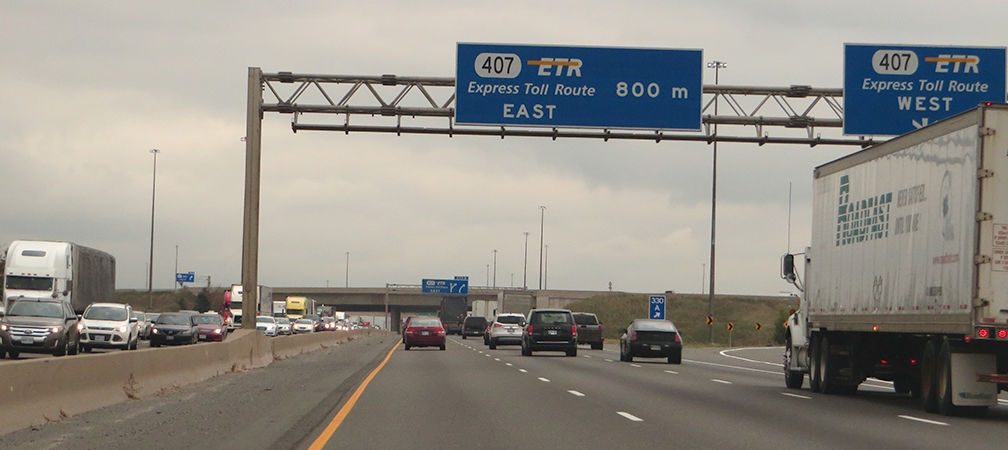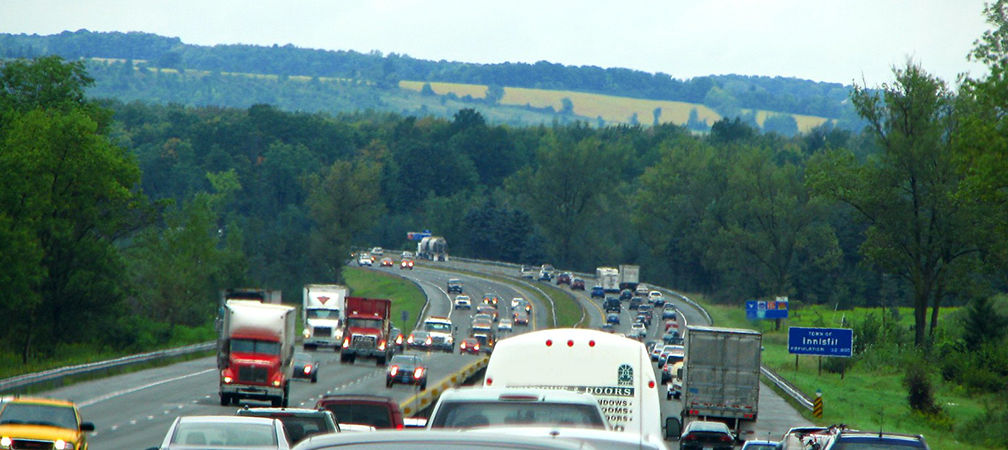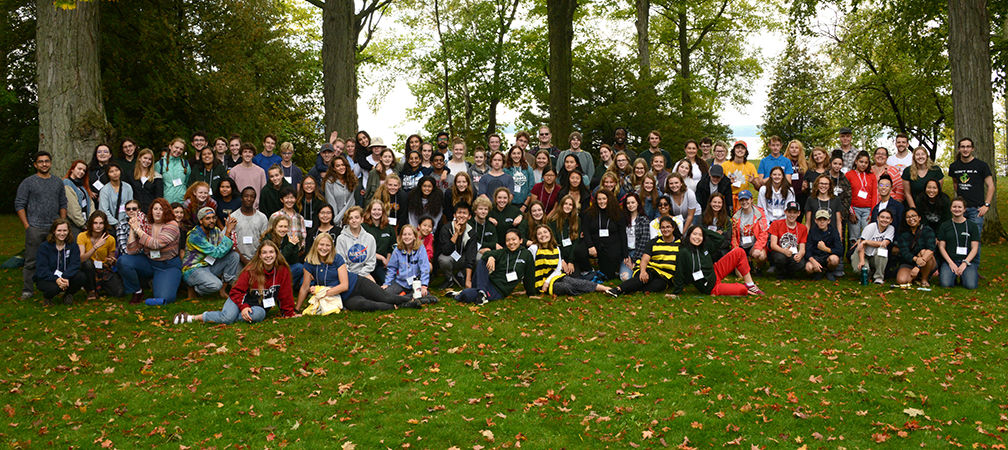Ontario Nature Blog
Receive email alerts about breaking conservation
and environmental news.
© Lora Denis
400-series highway © Ken Lund CC BY-SA 2.0
Under the guise of recovering from the global pandemic, the provincial government is planning to fast-track the construction of Highway 413 at the cost of $6 billion tax dollars. Though Peel Region previously expressed desire for the highway, the municipality pulled its support from the plan last month. The stark change is partly thanks to grassroot advocacy groups that have worked tirelessly to alert the public, city councillors and other stakeholders about the detriments of the proposal.
The Minister of Transportation suspended the highway in 2015 to conduct an environmental assessment and appointed an advisory panel to assess the project. The panel concluded that the highway would save commuters 30 seconds, fail to solve congestion, and undermine community policy goals and provincial commitments to reduce greenhouse gas emissions.

The highway proposal was rejected in the spring of 2018, then revived later that same year despite the panel offering multiple alternatives that could provide benefits comparable to the proposed highway. For instance, the panel suggested that using existing infrastructure that is currently underused and providing truck priority on Highway 407 would reduce travel time by the same amount.
The proposed highway would span across Halton, Peel and York region, slicing through some of the Greenbelt’s most productive farmland, and invaluable wetlands, headwaters, tributaries and forests.

The Community Climate Council (CCC) is one of many community-based volunteer organizations that oppose Highway 413. Based in Peel Region, the primarily youth-led group advocates for local climate action through enhancing climate literacy and political advocacy.

Youth advocacy is crucial when it comes to local environmental justice issues, such as Highway 413. Members at the CCC, strive to inspire youth in their racialized community about how to use their powerful voices to effect positive change in political spaces, such as council chambers. Their political advocacy team, led by Divya Arora, meets with councillors regularly and delegates at city council on local environmental issues.
“I hope if other youth see us in Council Chambers, they will realize there is no need to feel intimidated. There are politicians who want to support and represent youth, but if the youth aren’t coming forward, then we are left out of the conservation. We need to let our voices be heard.”
– Lajanthan Prabaharan
With 6 delegations and more than 60 letters opposing the highway, York Region pulling its support for Highway 413 demonstrates how youth voices can influence decisions that will directly impact them. Youth care deeply about issues surrounding their environment and their perspectives must be heard.

To encourage youth to advocate for climate and environmental issues, the CCC hosted two free webinars with Environmental Defence to inform citizens, both from the perspectives of experts and community groups doing grassroots advocacy work. The webinar format was intended to attract youth and be accessible, which was reflective in over 100 Ontarians who registered.
In addition to creating free resources for youth on social media, the CCC joined forces with Youth Coalitions of Canada to develop a free resource guide to climate action, that empowers and educates young Canadians how to infiltrate local policy to enact change as co-designers of the future.
Hopefully youth in other municipalities will represent themselves in local decision-making processes so other municipalities impacted by Highway 413 follow suit.

Proposed 413 Route, Old School Road with farm and escarpment view © Noah Cole
Please keep up the good work! I can’t believe a governemnt could be so stupid. It would take years to add to the 403 and the construction will cause even more traffic delays.
I cannot contribute today – I have run out of funds because of the pandemic. Sorry
More super highways means more wider traffic problems.
The youth of today are bright, connected and fierce!!! With encouragement, they will become good future leaders! This issue is a great start for them!
Our Priority MUST be to preserve the Greenbelt.
An excellent blog. We oldsters need to be encouraging all the young people we know to become active in this critical movement.
What a time to have a provincial government driven by forces other than critical ones for a sustainable future and a minority government federally that finds it difficult to get positive actions accomplished. At least the NDP is the opposition. Together they must act aggressively on these issues.